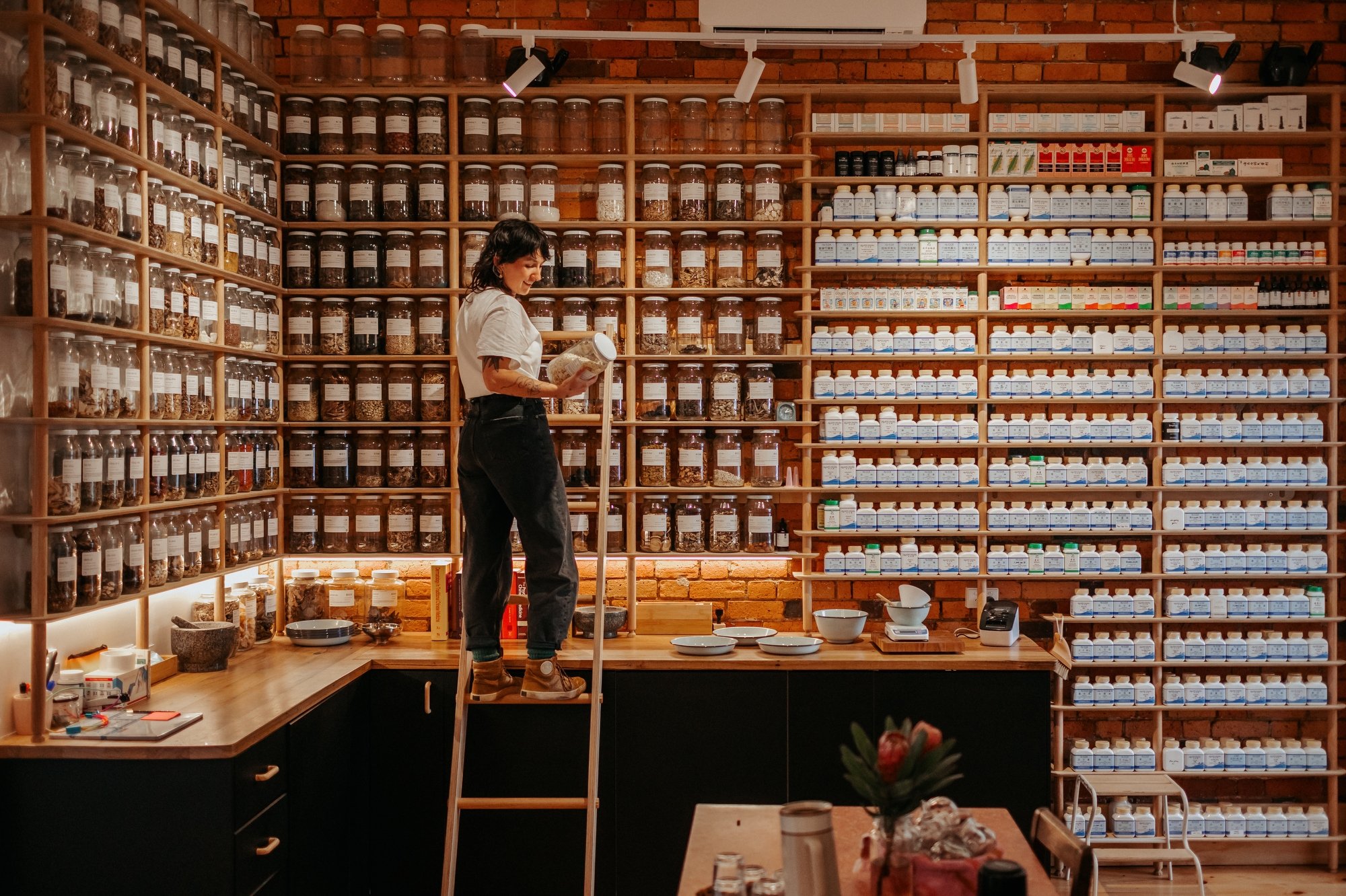
About Little Window Acupuncture & Chinese Medicine
Little Window was created by Lucy James to provide access to complementary healthcare in the Macedon Ranges of regional Victoria.
Why Little Window?
During my undergraduate studies, I had a marvellous Gynaecology lecturer who would often refer to the menstrual period as a ‘little window’ into an individual’s health. Throughout my studies of meridians and channels, I have come to appreciate that the body offers us countless of these ‘little windows’ into understanding what is happening in your system on a deeper level.
Lucy and the team at Little Window take great pride and dedication in supporting individuals in all aspects of their health, including:
Respiratory health, including COVID recovery, hayfever, asthma, colds and flus
Gastrointestinal issues and digestive health
Gynaecology, including menstrual disorders, fertility and menopause support
Pregnancy and post-partum care
LGBTQIA+ health
Mental health and stress management
Insomnia and sleep disorders
Acute injuries and chronic pain
Autoimmune diseases
Neurological disorders
Dermatology
You can learn more about our practitioners here.
About Chinese and East Asian medicine
Chinese medicine is a tried and tested system of healing that was established well over 2000 years ago, and has continued to develop well into the modern era. Little Window encompasses East Asian medicine because the traditional system of Chinese medicine has roots in Ayurvedic medicines, and over the past two millenia, Chinese medicine has further developed in other countries such as Korea, Japan and Taiwan to offer a truly multicultural approach to this wonderful system.
Herbal medicine
What are herbs?! No, we’re not talking about the rosemary and thyme that you might be used to adding to your soups, but the East Asian traditional understanding of herbal substances.
When we are referring to Chinese medicine, we need to expand our western understanding of the English terminology of herbs. The first record of the Chinese Materia Medica (Shen Nong Bencao Jing 神農本草經) was compiled in around 200CE, and our translation of ‘herbs’ typically refers to the medicinal substances found in those texts - which may include herbs, flowers, roots and minerals.
Herbs may be prescribed as pills, capsules, powders, granules or in their raw form. Granules are typically dissolved in hot water and drunk as a tea (or as an espresso, as I like to advise my patients!) and raw herbs are boiled up like a broth. More information about administration and costs involved can be found here.
Acupuncture
Acupuncture is the practice of inserting fine needles into specific points along meridians or channel pathways. These pathways were developed over 2000 years ago and involve a network that is understood to be closely linked with our western understanding of fascia and connective tissue.
Acupuncture requires a minimum four-year university qualification and is a vastly different science and art from the modern practice of dry needling, which is based on trigger point therapy. The primary style of acupuncture used at Little Window is based in Traditional Chinese medicine primary channels theory, with our practitioners experienced in extensive postgraduate training in other acupuncture systems.
Little Window uses the highest quality single-use sterile stainless steel needles manufactured by Seirin and Balance in Japan, both of which are known for their smooth insertion and minimal pain.
Ancillary techniques
Cupping, gua sha and moxibustion can all be considered ancillary techniques.
Cupping
Cupping is the application of cups through the use of suction on various channels and points on the body to promote movement of Qi and Blood, which can help to relieve pain and soften tissue. Glass cups use a flame to create a vacuum, while silicone cups are squeezed onto the surface of the skin to create a vacuum.Cupping can bring ‘sha’ to the surface, which can be translated as redness. You may recognise it as a bruise the day after your treatment. However, unlike a bruise these marks are unlikely to be tender to touch and do not go through the full gamut of colour change as they dissipate. The colour, texture and temperature of the skin following cupping can be highly diagnostic and inform further treatment.
Gua Sha
Gua Sha is similar to cupping in that we bring ‘sha’ to the surface, through scraping along areas of stagnation in the body. While scraping may sound a little barbaric, it is often done with a smooth piece of jade or porcelain soup spoon using oil or herbal liniment and is quite gentle.
Moxibustion
Moxa refers to a prepared form of Chinese mugwort (Ai Ye 艾叶) that is burned near the individual’s skin in order to warm and move Qi and Blood in the channels. In some cases, we may send you home with a stick of your very own moxa, a powerful tool you can use to continue your treatment between appointments.
Shiatsu
Shiatsu is an acupressure technique derived from Japan, based on the principles of Chinese medicine meridian theory. Shiatsu translates to ‘finger pressure’, however your practitioner is likely to use their whole body including palms, elbows, and even knees and feet in treatment.
Shiatsu aims to restore the balance of energy in the body and follows the notion that the body has the capacity for self-healing. By removing blockages and improving circulation, lymph drainage and energy flow, the body is able to self-regulate more successfully.
Shiatsu also utilises stretches and body mobilisation techniques in order to treat various musculoskeletal and postural ailments. This system can be especially beneficial for patients who may not feel comfortable with acupuncture.







